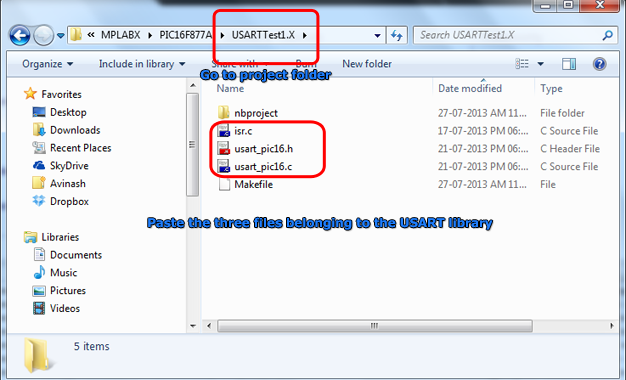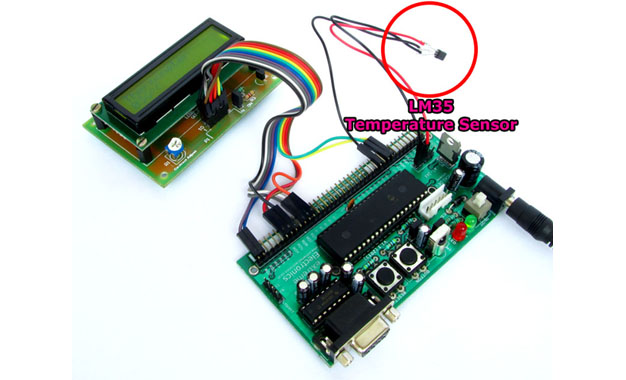
Obstacle Sensing Walking Stick for Visually Impaired Persons
This project is designed to guide a visually impaired person to walk and avoid bumping into obstacles. Low cost ultrasonic rangefinders along with a microcontroller is used to measure the distance to obstacles and if they are close enough provide a feedback to the user in form of beeps or vibrations. The project is made on a small single layer PCB. The sensors are not mounted on the PCB but they are mounted on front of the stick and connected to the main board using wires. All the parts of project PCB is shown in the image below. Read more … Pages Introduction and Usage Block Diagram Schematic and BOM PCB Layout Details of the Sensor Program and it’s Explanation


